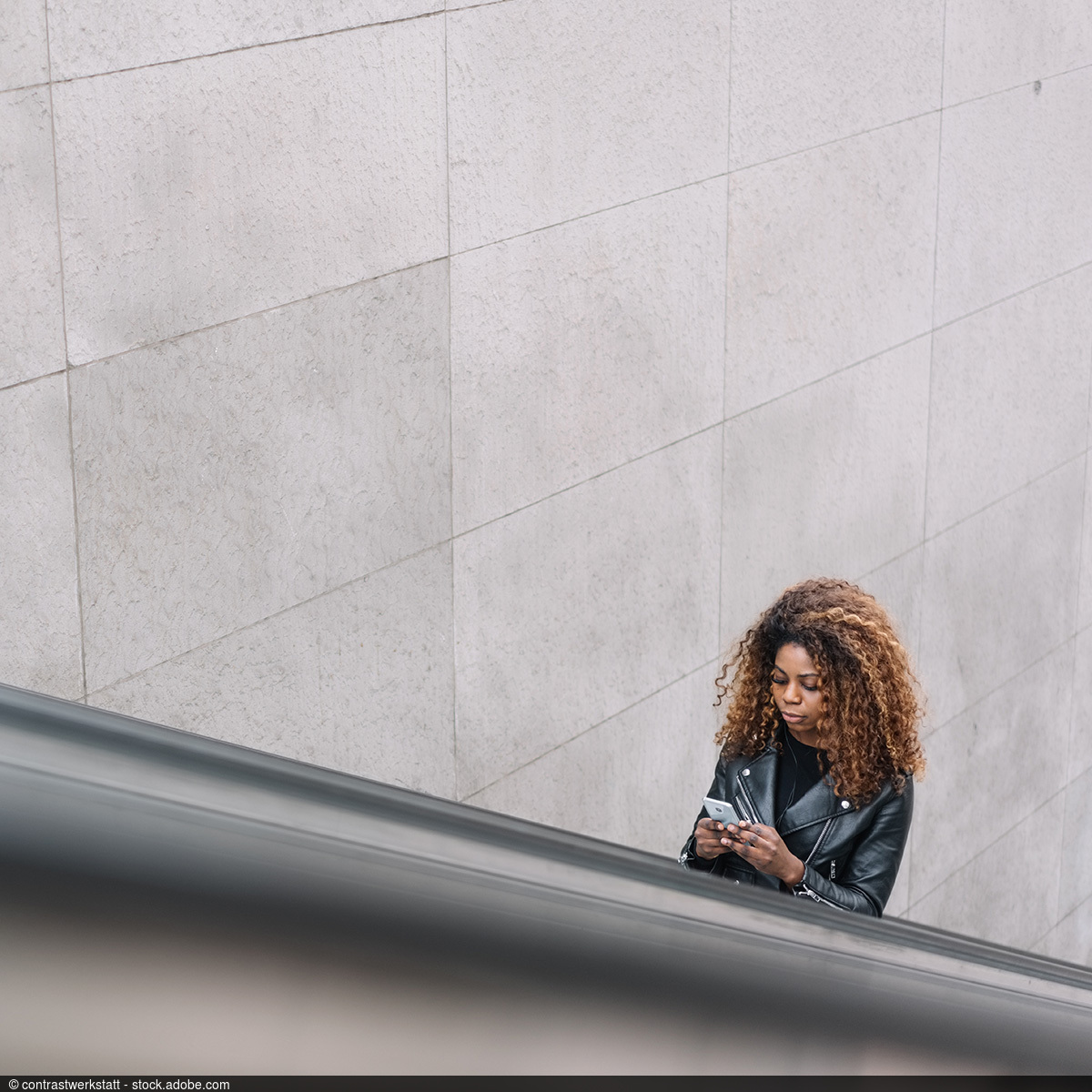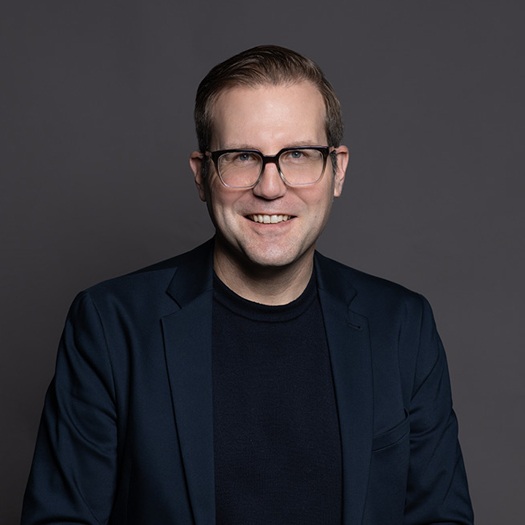LinkedOut Instead of LinkedIn
ResearchJoint Study by ZEW and the University of Mannheim Investigates Discrimination on Career Platform
On the career platform LinkedIn, contact requests by Black people are rejected more often than requests by White people. However, once a contact request has been accepted and the contact has become part of a person’s network, the discrimination ceases. When Black people ask their network for career tips, they receive as many answers of the same quality as White people. These are the findings of a large-scale study by researchers from ZEW Mannheim and the University of Mannheim, which analysed 400 LinkedIn profiles of young Black and White Americans.
“A network on LinkedIn is like a “club” . Black people find it more difficult to get in. On average, their contact requests are accepted 13% less than for White people. But once they’ve entered the club, there is no further evidence of discriminatory behaviour. You could also call this form of discrimination a kind of bouncer effect,” says co-author Yulia Evsyukova, researcher at ZEW’s Research Unit “Market Design”. “We estimate that these findings can be transferred to Germany, for example in cases when people can actually see that a person has a migration background.”
Wladislaw Mill, researcher at the University of Mannheim and co-author of the study, adds: “We were surprised by the findings in two respects: First, we had assumed that discrimination is still apparent when contacts ask for something, such as career tips. This was not the case. And we hadn’t expected that white women and young users in particular would show discriminatory behaviour towards Black men.”
AI images enabled study
Mill’s colleague and the study’s co-author Felix Rusche explains how AI-generated profile photos enabled the field experiment: “By using artificial intelligence we could vary characteristics attributed to a particular demographic group, e.g. skin colour. We were careful about ensuring that the pictures were also assessed as “highly comparable”. We then created more than 400 fictitious LinkedIn profiles of young working men and sent contact requests to 20,000 US Americans.”

